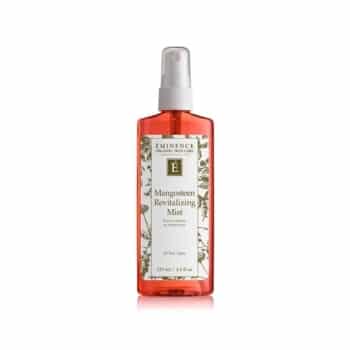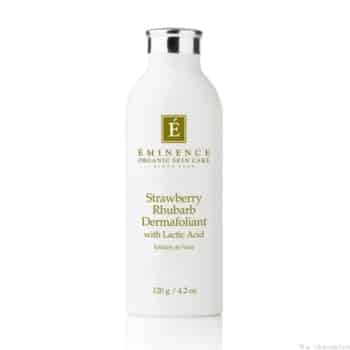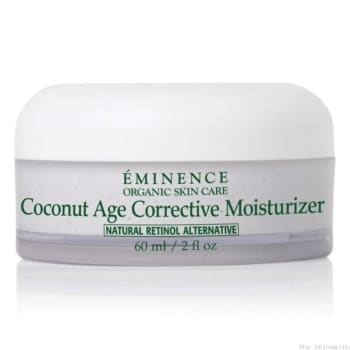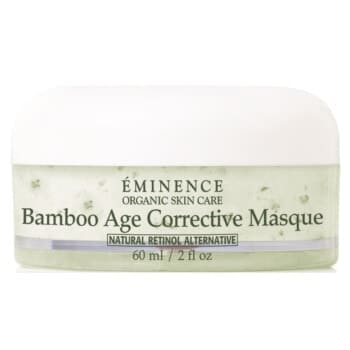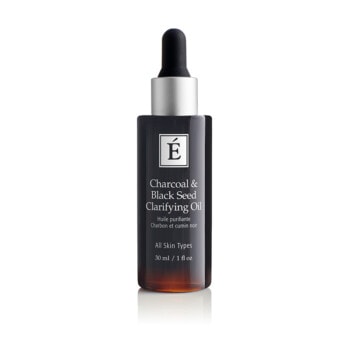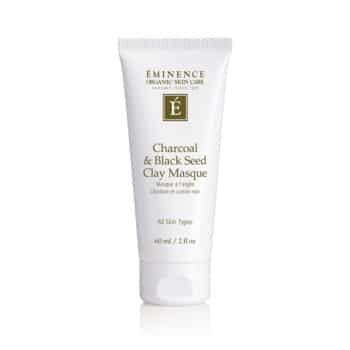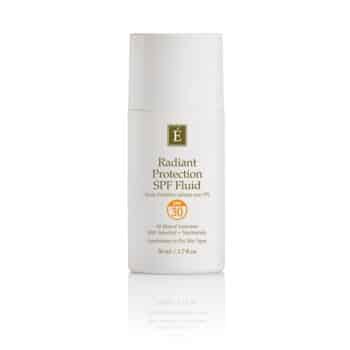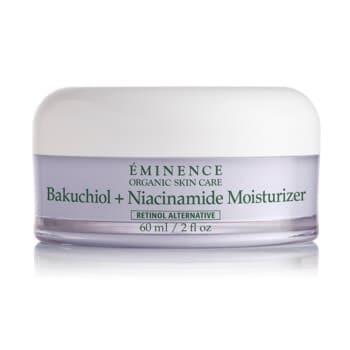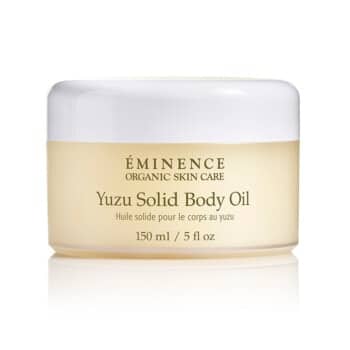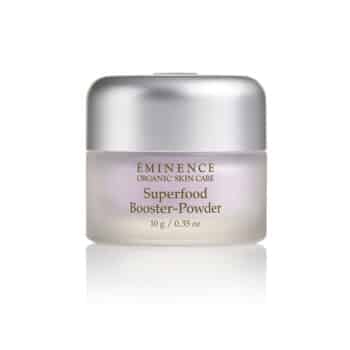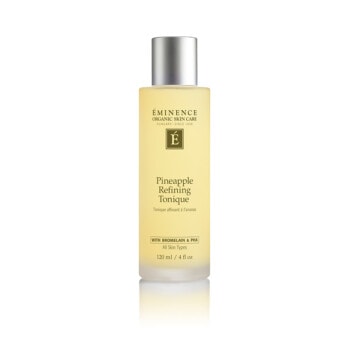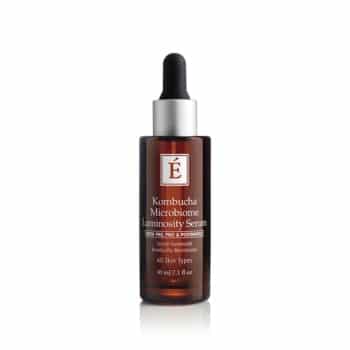Combination Skin Problems: How to Tell If You Have Combination Skin
The Skinsmith | 5th July 2022

Whilst combination skin is the most common skin type, this doesn’t mean that the problems associated with combination skin are better known, and therefore easier to handle. There are several combination skin problems you can suffer with, and The Skinsmith is here to help you control them.
What Is Combination Skin?
Combination skin is facial skin which features both oily and dry patches. Typically, the oilier patches will concentrate around the centre of the face, in what is known as the T-zone. This zone includes the forehead, the nose, and sometimes the chin, too. Dry skin primarily appears on the cheeks and around the perimeter of the face, although it can affect the scalp as well.
Combination skin causes include changes in the weather and hormones, although typically combination skin is caused by genetics. It can be during seasonal and hormonal changes that combination skin problems are provoked, as oily or dry skin tendencies tend to become exaggerated in these instances.
Combination skin problems may also be harder to manage, since they require a careful balance of hydrating dry skin, without over-saturating oily skin, and vice versa.
Combination Skin Problems Include an Oily T-Zone
The oily T-zone that appears on most combination skin types tends to be the most problematic area. The increased production of oil by the sebaceous glands in this area often causes a build-up of oil, dirt, and dead skin cells which lead to other problems such as acne.
Combination skin problems such as the oily T-zone can be managed through the use of a good cleanser, either a cleanser containing an exfoliating ingredient such as salicylic acid, or a gentle cleanser alongside an exfoliating product. This should be then moisturised using a water-based, oil free moisturiser. You can always use a more hydrating, cream-based moisturiser on dryer skin in conjunction with this, too!
Over-stripping oily skin can lead to an increase in natural oil production, so it’s best to stick with kinder, organic facial products to ensure you don’t fall into harsh combination skin type care.
Acne Breakouts Along Your T-Zone
One of the most common combination skin problems is acne breakouts along your t-zone. Because the t-zone is an oily area, excess oil can build up and block pores, and when combined with other types of debris and bacteria, the skin can become red and inflamed – forming a pimple.
Non-severe acne as a result of a combination skin type can usually be managed through the use of exfoliate washes and retinols, used three times a week.
However, whilst pimples are one type of acne which can occur in combination skin types, they are not the only ones.
Increased Blackheads and Whiteheads
Blackheads and whiteheads are two other common traits of acne. Both blackheads and whiteheads are caused by blocked pores, the main difference is whether that blocked pore remains open or closed.
Blackheads are blocked pores which remain open, exposing the debris inside the pore to the open air, and causing it to darken. On the other hand, whiteheads are blocked pores where the skin has grown over the pore, sealing the debris inside the pore.
It is essential not to pick at either a blackhead or whitehead! Instead, these blockages can be cleared by cleansing and exfoliating.
Dry Patches on The Perimeter of Your Face
Of course, the oily T-zone is not the only problematic area of combination skin. Dry skin, most likely found around the perimeter of the face, can often become tight, itchy, and flaky – especially in colder and drier climates. This can often lead to more visible lines and a loss of elasticity in older skin.
Dry patches can be combated with a thicker moisturiser, which can be applied after cleansing the face. Applying moisturiser within 3-5 minutes of washing your face can help lock any moisture into the skin.
Dandruff
Whilst dandruff is not exclusive to combination skin problems, it can be one effect of it. Dry, flaky skin which is sometimes found around the perimeter of a combination skin type can continue into the hairline and the scalp. This, along with a build-up of oil and skin cells, causes dandruff, which surfaces when the scalp is scratched.
Anti-dandruff shampoos, natural oils such as tea tree oil and coconut oil, as well as exfoliants such as salicylic acid, can help fight dandruff.
By identifying the varying combination skin problems you can suffer with, and understanding how to get them under control, combination skin can be successfully managed for glowing and healthy skin.
Uncover 10 Effective Tips You Can Utilise to Treat Combination Skin By…
… reading our guide here or by getting in touch with a member of The Skinsmith team by using our quick and simple contact form below. As an alternative, you can also learn more about combination skin by speaking to a member of our friendly, experienced and fun team today on 01305 300950 or by emailing [email protected].
